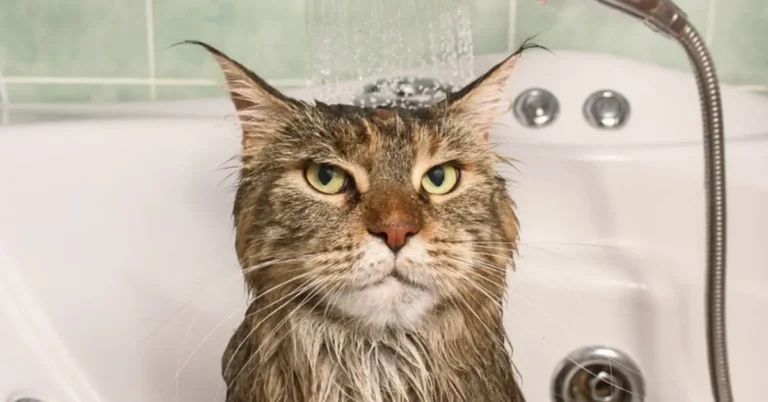For devoted aquarium owners, discovering worms thriving unchecked amongst precious aquatic pets and meticulously curated tank decor proves dismaying. Yet while shocking unwanted worm sightings spark alarm, effective identification, and tailored responses quickly restore balance.
Equipped with an accurate understanding of culprit parasite lifecycles plus knowledge of key prevention strategies and treatment options, vigilantly attentive aquarists gain the power to reverse unwelcome infestations. Soon vibrant worms-free habitats again facilitate active fish flourishing through daily enrichment immersed within pristine water conditions.
Recognizing Three Common Aquatic Worm Threats
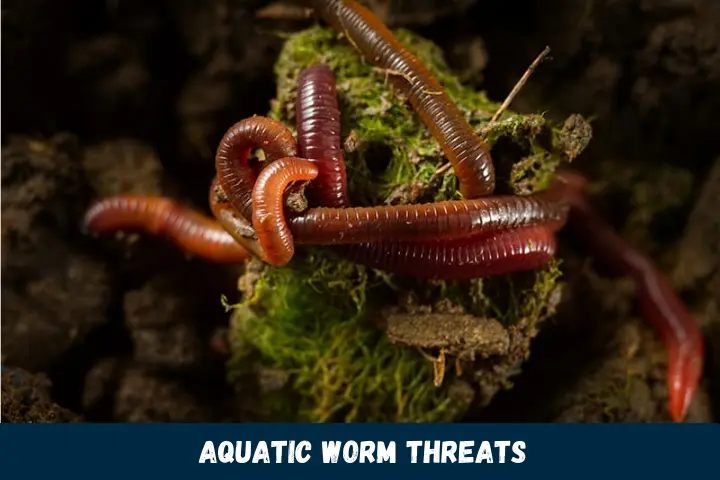
Aquarium owners stay alert monitoring tank inhabitants’ health and surroundings for early signs of perturbations indicating water quality fluctuations or emerging parasite presences. By familiarizing themselves with distinguishing features and warning behaviors associated with three frequently encountered aquarium worms, attentive observers establish foundations for responding quickly reducing further spread following initial detections.
Detritus Worms
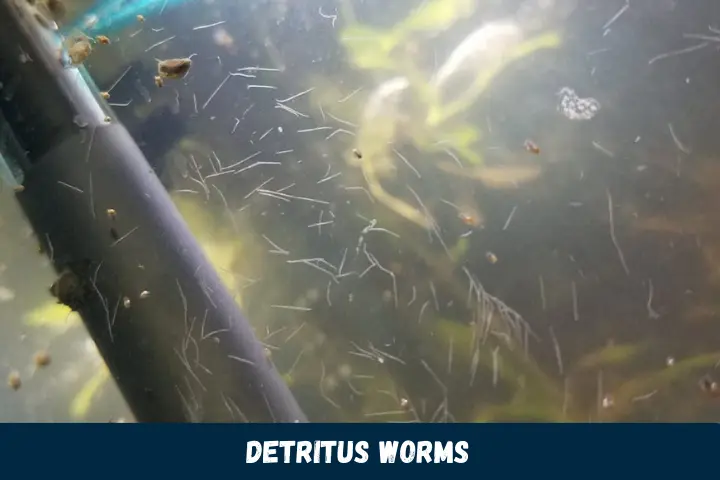
Commonly discovered specimens appear miniscule, ranging 1-3 millimeters in length, thin as strands of thread, translucent to white-hued, and lightning wiggle fast. Harboring scientific names like Panagrellus, Turbatrix, or Chaetogaster, these opportunistically feeding nematodes, and annelids thrive by consuming leftover fish food remnants, fecal matter, decaying plants, or deceased tank life forms.
While detritus worms pose zero threats directly menacing tank inhabitants, proliferating masses left uncontrolled infest filtration systems while multiplying exponentially. Their shed casings and extensive wastes introduce heightened ammonia and nitrate levels which are stressful for captive fish denying them clean uncontaminated surroundings.
Camallanus Worms
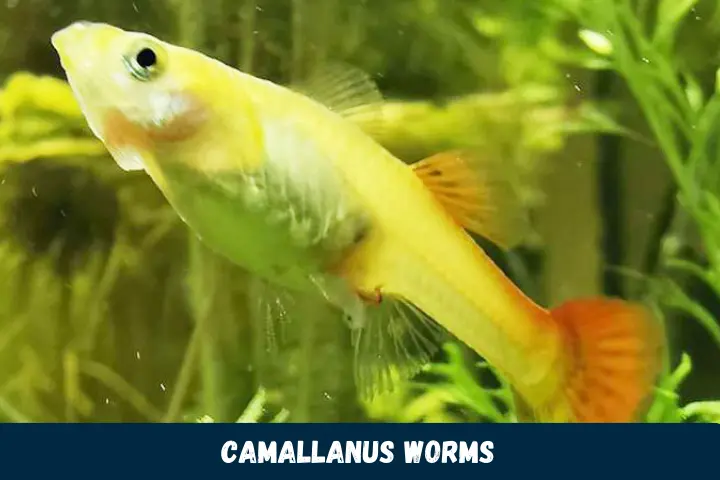
Sporting delicately tapered heads coupled with elongated transparent bodies averaging five to twenty millimeters long, these nearly invisible parasites latch onto intestinal tracts or body surfaces of tank fish often arriving unnoticed within infected new additions. Camallanus worms inflict debilitating sickening burdens upon unwilling hosts overrunning their bodies through intensely disruptive digestive and respiratory organ penetrations that severely inhibit normal functions.
Left unchecked attached external segments trailing visibly from fish anuses or flared-out gill covers alarm observant aquarists signaling the urgent need for interventions to stop ruthless reproductive self-population cycles. Close inspections reveal hundreds of additional larvae spread throughout substrates.
Planaria Aquatic Flatworms
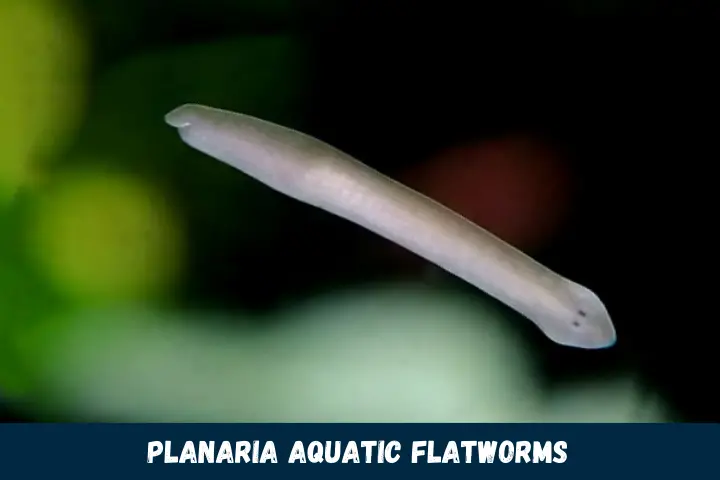
Shaped akin triangular arrows, these brownish-tan and olive-toned flatworms measure half an inch long displaying distinct arrow-shaped heads. Their undersides creep using multitude suckers that affix tightly onto surfaces including implanted eggs, much to the future detriment of helpless hatchlings fallen prey should opportunistic planaria discover their hidden locations first.
Voracious scavenging appetites drive them toward freshly dead or dying organisms making planaria equally threatening to vulnerable fish eggs and juveniles. These carnivorous hunters stealthily appear at first in sparse numbers that rapidly multiply given optimal conditions.
Implementing Preventative Quarantine Practices
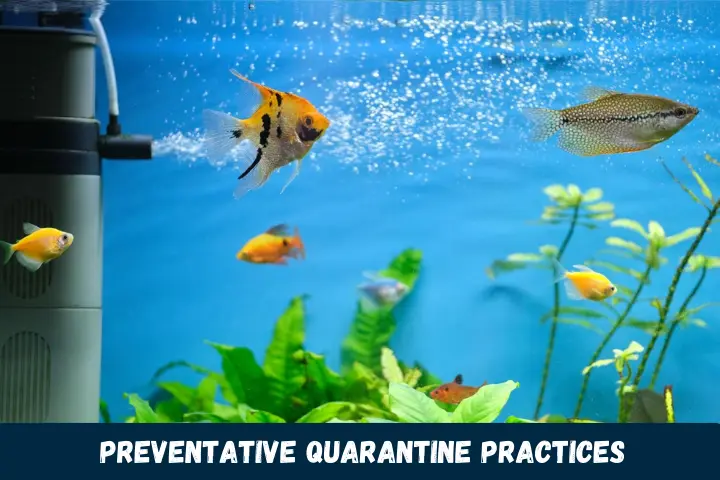
Responsible aquarium owners committed to protecting current tank inhabitants’ well-being implement strict preventative quarantine protocols whenever adding unfamiliar creatures. Transferring new fish, invertebrates, or plant materials into separate holding environments facilitates extended adjustment acclimations allowing thorough condition observations before permanent relocations where worms spread easily into established displays.
Isolate questionable minimum of one month monitoring symptoms development, treat accordingly, and confirm full recoveries beforehand. Disinfect everything contacting isolated individuals using proper techniques killing parasite eggs, larvae, and pathogens beforehand when transitioning quarantined animals eventually. Notice any worm strands, seek immediate veterinarian verifications, and apply suggested care instructions for the fish involved.
Upholding Balanced Ecosystem Equilibrium
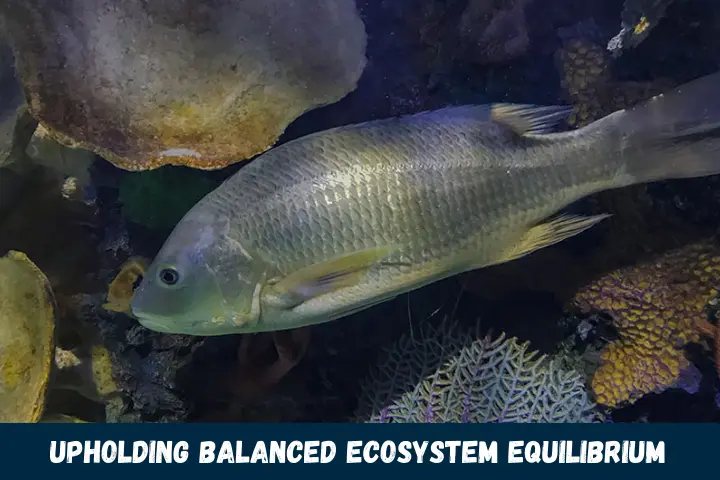
Healthy aquarium ecosystems depend intimately upon diligently maintained water parameters that discourage disease vulnerabilities from arising or offer footholds for opportunistic parasites establishing infestations. Test frequently checking ammonia, nitrite, and pH routinely ensuring levels match inhabitants’ native requirements through responsibly executed partial water exchanges or chemical adjustments balancing ratios.
Reduce organisms’ environmental stresses further by performing biweekly gravel vacuumings that eliminate accumulated debris and also transfer exiting worms before they reproduce again. Always immediately remove deceased specimens noticed which if left decaying tanks spike ammonia levels and become bait attracting planaria swarms. Respond promptly correcting fluctuations outside acceptable ranges identified by aquarium testing before they facilitate worms’ emergence.
Quelling Detritus Worm Spreading Scourges
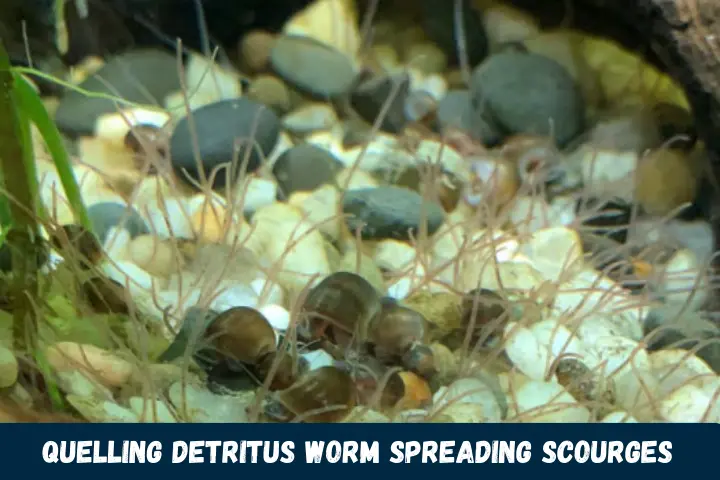
As detritus worms signify underlying husbandry troubles tied commonly to overfeeding practices or inefficient biological filtrations failing to handle excessive wastes created, address root causes first. Ascertain populations of aquarium occupants match system capacities provided then rehome extra individuals until equipoise is regained.
Confirm feeding amounts given appropriately match true consumption requirements. Observe carefully monitoring appetites, and reduce portions not completely eaten within minutes. Increase filtration capacities if existing setups overflow with exceeded maximum stocked creatures supported.
Then perform two consecutive thirty percent water changes coupled with thorough gravel vacuumings targeting masses of accumulated debris housing hidden worms. Follow immediately introducing aquatic-safe deworming medications like praziquantel, and metronidazole baths administered cautiously per label instructions directed to fish species housed. Perform daily siphoning afterward removing corpses and casings shed until none emerge anymore.
Eradicating Camallanus Worm Internal Infections
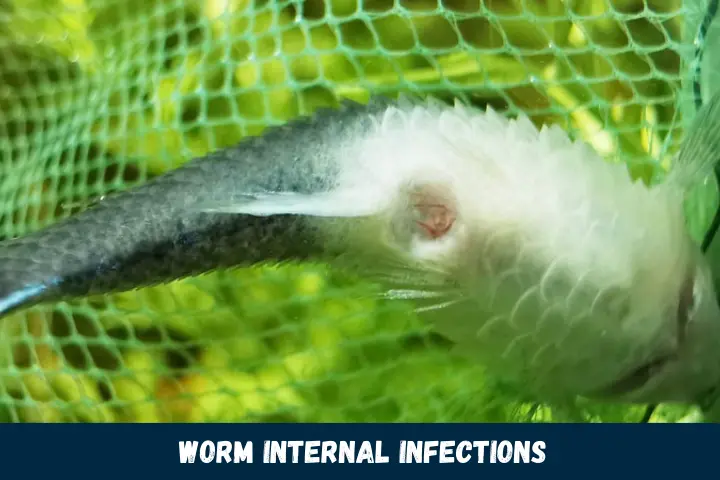
Expel camallanus worms using combination approaches strategically attacking external attachments, environmental exposures, and internal bodily presences simultaneously. Begin conservative efforts focused solely on improving overall fish health through clean pristine water exchanges facilitated by increased filtering capacities and frequent monitoring ensuring rapid waste removals.
Fortify distressed fish’s natural healing powers using vitamin-enriched foods that strengthen immune responses. Then utilize small daily doses of anti-parasitic medications containing levamisole hydrochloride, metronidazole, or fenbendazole sprinkled onto high-protein offerings until eliminated.
Lastly, manually extract camallanus worm ends visible utilizing non-rupturing plucking techniques aided by optical magnifications carefully avoiding damaging fragile fins or sensitive vent openings. Relief arrives indicated by increasingly lively interactive fish once worms disappear finally from intestinal tracts and gill fringes leaving no traces behind.
Preventing Pervasive Planaria Pests
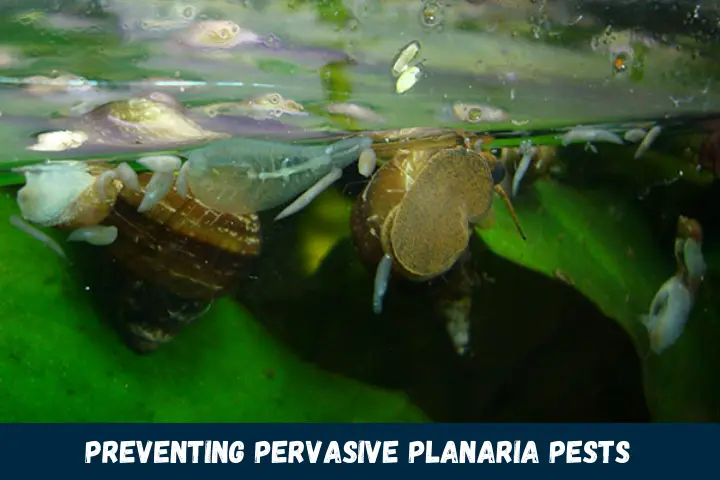
Minimize planaria by targeting entry sources first. Quarantine newcomers a minimum of 30 days before allowing access to general populations checking for accompanying pests transferring along unseen. Limit decaying substances as planaria swarms gather directing attention toward vulnerable offspring. Reduce debris accumulations depriving easy meals readily available through scheduled tank scrubbing that disturbs or ends anchored worms directly.
Introduce tank janitors like ghost shrimp, cherry shrimp, danios, white clouds, or clown loaches that continually forage surfaces consuming worms actively. Utilize chemical interventions only when heavy infestations become unmanageable otherwise. Carefully investigate options compatible with kept fish species before dosing aquariums.
Consider alternatives like two-day dimming out lights which limit movements unable to navigate visually toward sustenance. Follow immediately by performing partial daily water changes manually eliminating disoriented planaria through siphon hose suctions. Return lighting thereafter and sustain diligent tank maintenance practices leaving no habitats suitable for future planarian colonies supported long term.
Stay Ever Vigilant Guarding Against Future Eruptions
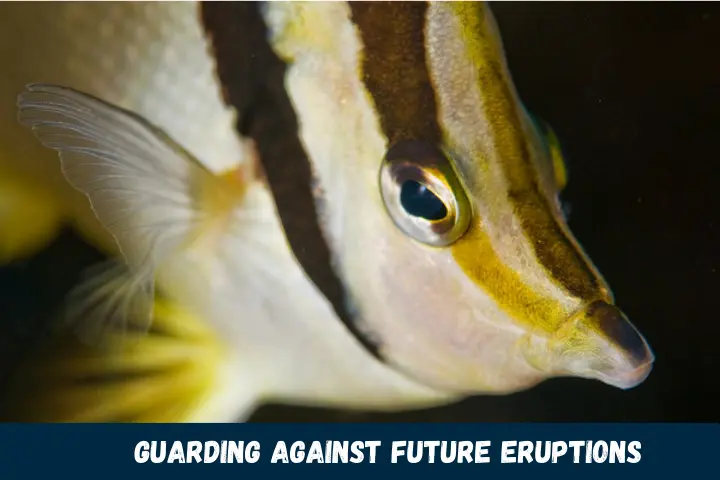
Prepared knowledgeable aquarists understand battles defending their aquatic habitats never end. Parasitic worms constantly lurk awaiting opportunities to slip through even the smallest lapses in consistent diligent care or momentary environmental condition fluctuations. But armed now with accurately matched identification understandings, proven prevention approaches, effective treatment methodologies, and vigilant troubleshooting mentalities, aquarium devotees gain confidence and power protecting charges under their stewardship against disastrous worm manifestations emerging unchecked.
Relish rewarding outcomes witnessing vibrant active fish displaying natural behaviors only facilitated by clean worm-free water conditions maintained through knowledge-empowered priority planning and prompt preemptive responses applied determinedly until equilibrium finally becomes established long-lasting. This time invest in establishing sustainable maintenance systems before adding new species without quarantines again! Then observe tank inhabitants’ thriving free my friends while you can relax a bit more each day enjoying aquatic hobby cultivated built upon solid husbandry foundations supported.



